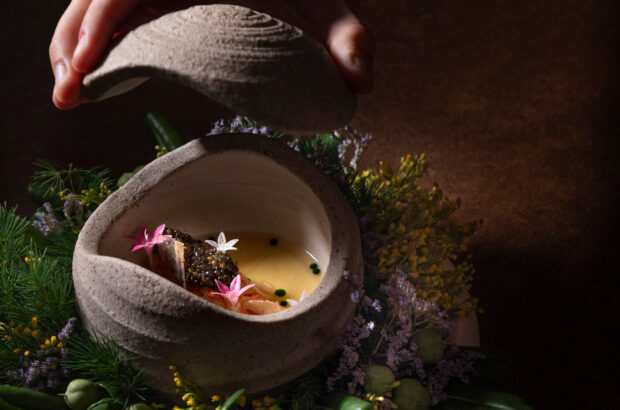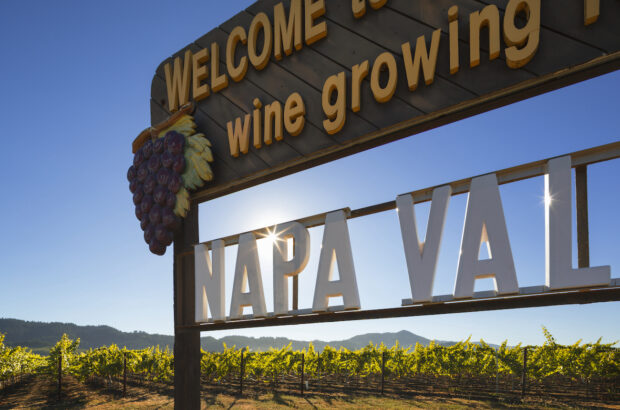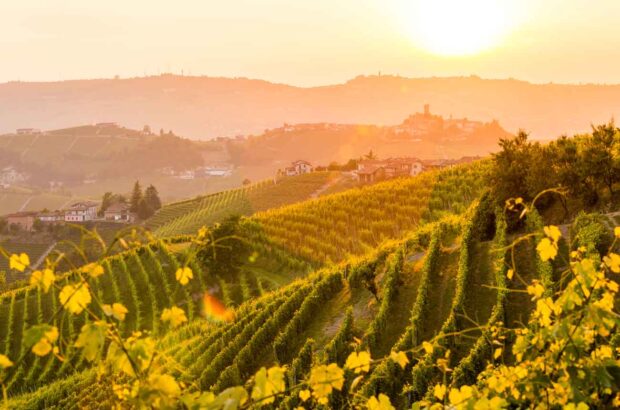Topics of discussion covered viticulture, packaging, sales and social responsibility.
‘Climate change is and will continue to modify wine production conditions and requires adaptation from growers,’ said Dr Steve Ostoja, the director of the California Climate Hub.
The forecast for growers includes more heat waves, spring starting earlier, a shift in growing degree days, tree loss due to drought, and natural water reservoirs in decline. These changes will influence pest, disease and pathogen dynamics, with technology developments already playing a key role in management and early detection.
While significant changes must happen from the top down concerning national and international energy resource management, there is little question that agricultural industries – including wine – must look for ways to mitigate their impact on the environment and develop strategies to minimise the changing climate’s impact on their brand’s qualitative and quantitative production.
Dr John Heckman, a wine sustainability expert and consultant, added that the supply chain is a responsibility that producers must take on. ‘For a long time, we thought about (the climate risk world) as the future, but it’s less and less so; it’s happening as we speak; this is scary. We’ve been working on sustainability for a long time; it’s an incredibly hard problem to solve. None of this change is possible individually; this is how we work together, and it is a team spot. There may be no more important team in business than your supply chain.’
Consumers want to purchase products with environmental credentials, but it can be a maze to navigate the facts from fiction, greenwashing and marketing gloss from reality, and to seek out those wine brands that walk the talk. Certifications are encouraged as a valuable tool to point consumers in the right direction, but with a plethora of environmental and sustainable wine certifications and programmes globally, it’s understandable that consumers want more information from brands.
‘We did the (2023 Purpose Priorities Report) after the white-hot summer last year, and we saw the numbers tick up. The heat, the weather chaos, everyone understands something is profoundly different… In many ways, they (consumers) trust brands more. 76% of consumers agree that companies should have programmes that address environmental sustainability,’ said Sandy Skees, author and EVP, global purpose and impact practice lead, at Porter Novelli.
She implored producers to develop their storytelling and education pieces surrounding sustainability and environmental and social impact. ‘The people who drink your wine want you to save the planet,’ she added. Consumers are ready and primed to choose products with a positive environmental and social impact.
Looking at hashtags on social media can give a good understanding of where consumer education and awareness sit on these different certifications. Richard Morley, the director of UK-based marketing agency First Pour, said: ‘Wine hashtags on social media give us a litmus test of general interest levels. #wine has 77 million posts, #organicwine has 929k , #biodynamicwine has 272k and #sustainablewine sits at 64.9k. These stats show us that organic wine is established and understood as it has got its message right. The main challenge in communicating sustainable winemaking is that sustainability is a broad and wide-ranging concept. It’s hard for consumers to visualise what it means and why it matters to them.’
Of course, time has a role in this scenario of consumer understanding. The terms organic and biodynamic agriculture have been in the lexicon since the early 1990s, while sustainable certifications have risen in visibility and importance over the past two decades.
It costs money, time and resources for a winery to become certified. And for some businesses, that cost is just not feasible. Sustainability is about financial resilience, too, after all. However, certification is the only way for consumers to purchase a product without taking the research into their own hands. Selecting a wine with a regulated and respected certification qualification on a bottle’s label indicates third-party verification via a strict process of regulation and auditing.
International certifications: An overview
While international certifications vary from country to country, here is a breakdown of the major global certification terms and what they mean on the label.
Organic: Organic produce must be grown and produced without synthetic chemicals such as fertilisers, pesticides and herbicides. Most international programmes have a degree of similarity, the main differences concerning which materials and methods are approved for use. Organic certification does not take into account business practices beyond these regulations. International certifications include USDA Organic (United States), EU Organic (European Union), Organic JAS (Japan), NASAA Certified Organic (Australia), India Organic (India), Bio Suisse (Switzerland), Soil Association (United Kingdom), Ecocert (France).
Biodynamic: Once a business practices organically, it can also practice biodynamically. Based on the work of Dr Rudolph Steiner in the 1920s, biodynamics considers the larger ecosystem’s resilience holistically, including soil health, land regeneration and ethics. To maintain certification, the lunar cycle is observed, and strict regulations must be adhered to. Demeter is the leading international programme.
Sustainable: Sustainability is a broader term covering much more than soil health and environmental credentials. To practice sustainability, goalposts can differ for each business, but the focus is on best practices surrounding environmental stewardship, resource management, continual improvement in the vineyard and the winery, social responsibility and financial resilience. Across the globe, there are national and regional certifications, each with different auditing systems and regulations. Some of the major international sustainable certifications to look for include California Sustainable Winegrowing Alliance, SIP Certified, LIVE certified, Sustainable Wines of Great Britain, Napa Green, Equalitas, Sustainable Winegrowing Australia, Certified Sustainable Wine of Chile, Sustainable Austria, Vignerons Engagés, Bodegas de Argentina, Haute Valeur Environnementale (HVE).
For further certification information, see our article on sustainability in wine.







